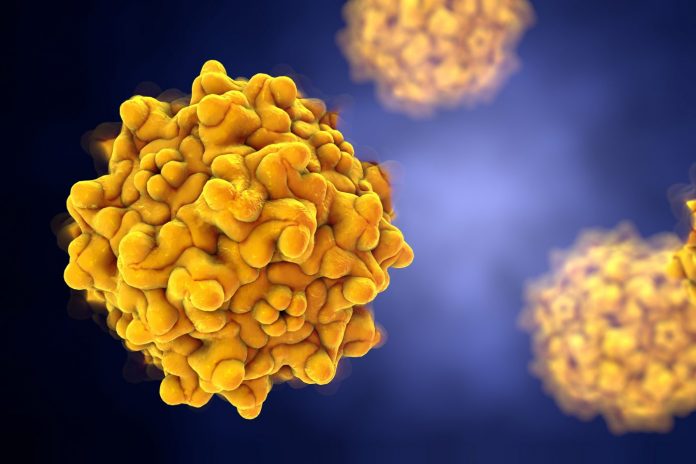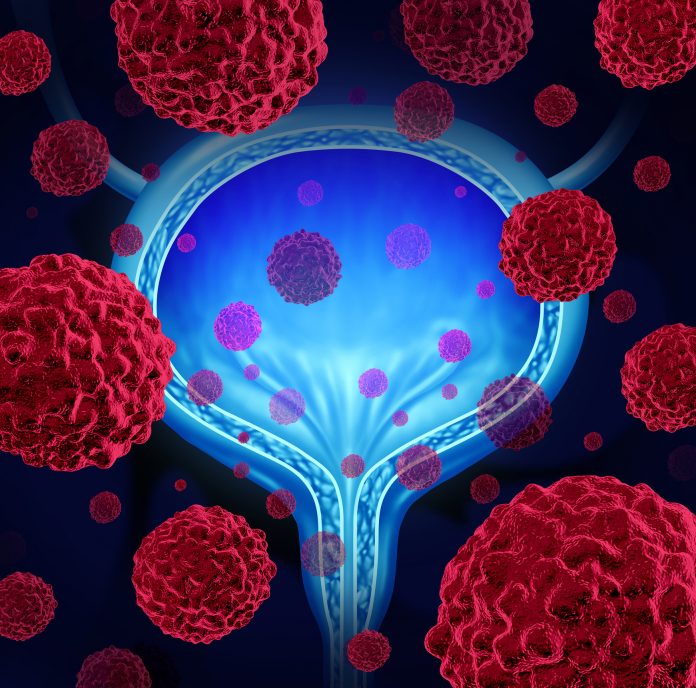Researchers at IISER, Kolkata, have discovered how a cell surface receptor, part of a group of enzymes that interact with growth factors to control cell functions like growth, survival and movement, can help prevent cancers.
This receptor, called VEGFR1, remains inactive when it doesn’t have a ligand (a molecule that binds to it, like a hormone). Cell surface receptors, like Receptor Tyrosine Kinases (RTKs), are crucial for converting signals from outside the cell (like growth factors) into responses within the cell. When a ligand binds to these receptors, it activates enzymes inside the cell, which then add phosphate groups to other molecules, helping to regulate various cell functions such as growth and immune response. When RTKs activate on their own, without ligands, it can cause diseases like cancer, diabetes and autoimmune disorders. Researchers are studying how cells keep these enzymes inactive and what causes them to become active in diseases.
Dr Rahul Das of IISER, Kolkata, studied VEGFR, a receptor that regulates blood vessel formation, wound healing and tumour growth. They noticed that its two receptors, VEGFR1 and VEGFR2, act differently. VEGFR2 can activate on its own, but VEGFR1 cannot, even when there is a lot of it in cells. VEGFR1 binds more strongly to its ligand, VEGF-A, than VEGFR2 does, but this binding only briefly activates VEGFR1.
Activation of VEGFR1 was found to be linked to cancer-related pain and the survival and movement of cancer cells. Das has discovered a unique “ionic latch” in VEGFR1 which keeps it inactive by holding part of the receptor in place. By studying this inactive state, researchers proposed that a cell enzyme called tyrosine phosphatase plays a key role in regulating VEGFR1 activity. Their research suggests that targeting this mechanism could help treat diseases where new blood vessels form abnormally, like in cancer.









